Bird house ideas – 10 homes for your feathered friends
These bird house ideas will draw visitors to your backyard – and they look great, too
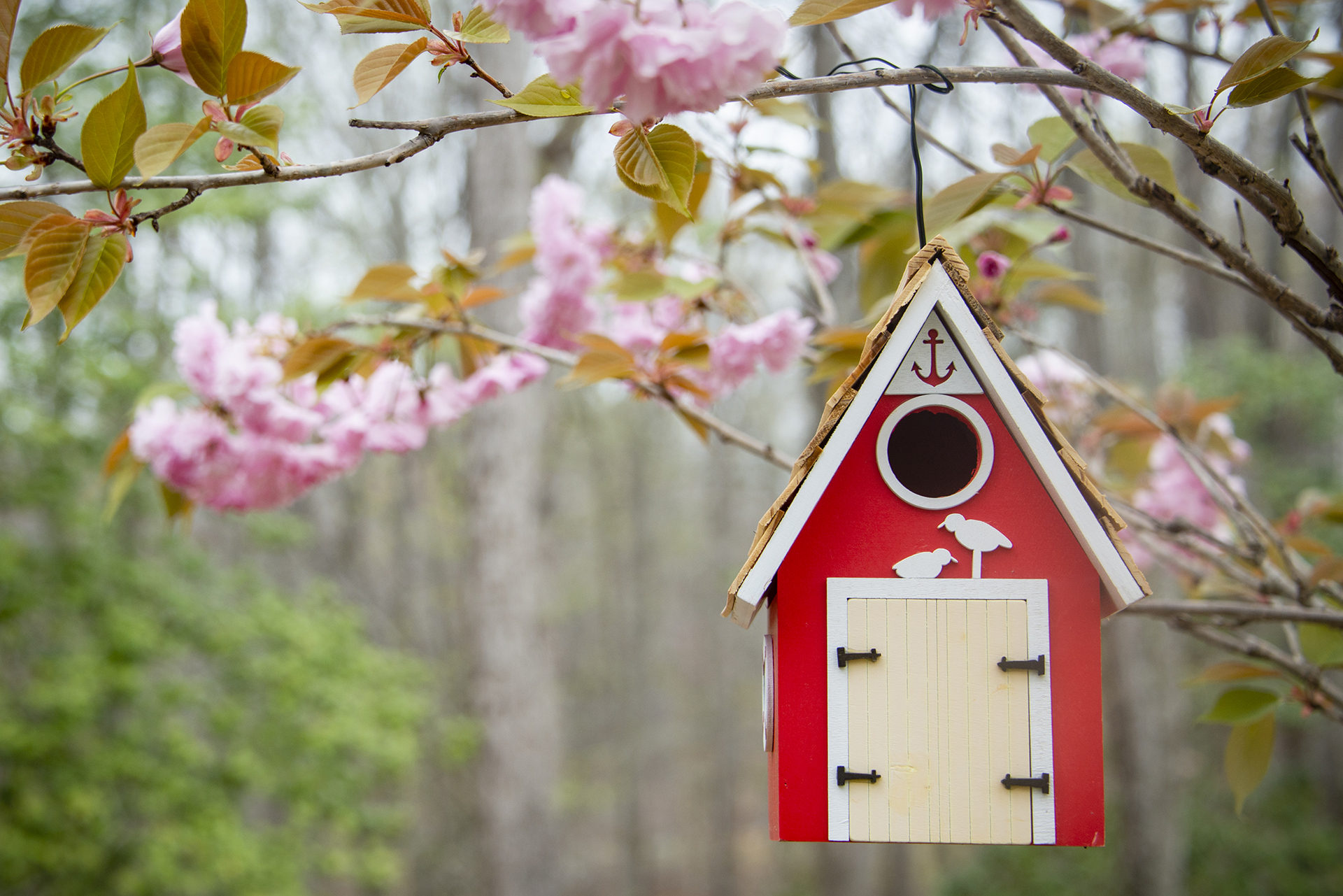

Incorporating some of these bird house ideas into the yard should be a priority for every gardener. By encouraging birds to make your backyard their home, you will be providing them with a safe place to raise their young, helping to protect the next generation of their species.
A key part of any wildlife garden ideas, a bird house can be installed at any time of year, although the optimum time is late February, just before the birds start looking for a spot to build their nests.
'Individual species often require specific sizes and designs of nest boxes. If you seek to target certain birds, consider searching online for blueprints or for well-reviewed nest boxes listed for sale,' says Marc Parnell, author of The Birding Pro's Field Guides.
Bird house ideas
With its rectangular shape, sloped roof and small hole in the front, we are all familiar with traditional bird house ideas. However, this style of box is only used by a proportion of birds, specifically those who naturally make their nests in tree cavities. So while the traditional nest box is a good addition to the yard, you also need to think about catering for the other birds who visit using, for example, cup-shaped nesters for swallows or platforms for hummingbirds. Think bird bath ideas, too, to keep them happy.
1. Opt for a classic bird house
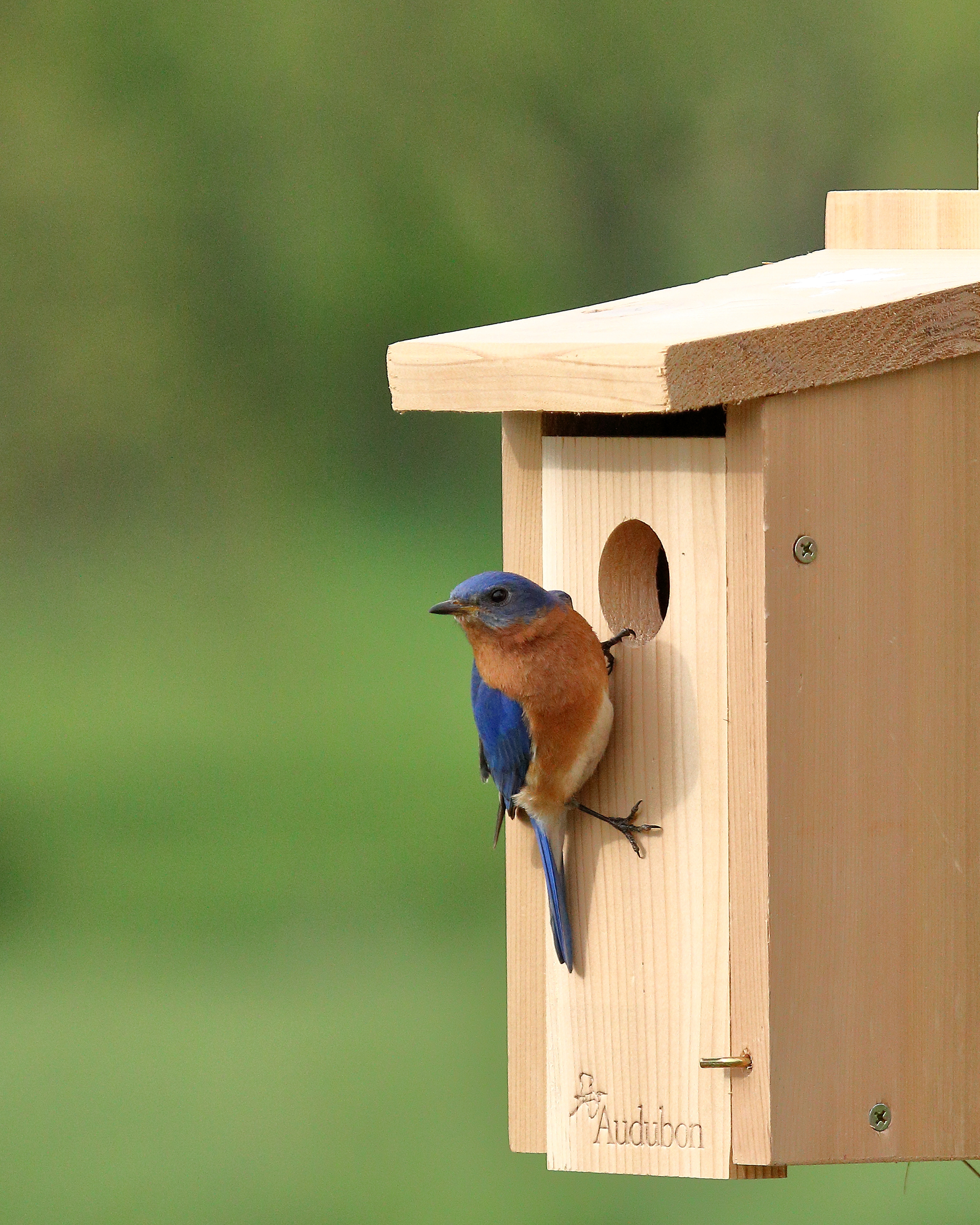
The classic bird house is a great choice for the backyard. Creating a welcome home for wrens, bluebirds, purple martins and many more, they are a quick and easy way to make your yard more bird friendly.
'Wood is the best material for bird houses, the rougher the better. It’s fine to paint the outside – paint will help the house endure the elements longer – but the inside should remain as untreated raw wood,' says Kevin Lenhart, design director at Yardzen. 'Also drill a few small holes, around ⅛ to ¼in (3 to 6mm) diameter, in the sides to provide ventilation.'
2. Pick an open nest box for blue jays and robins
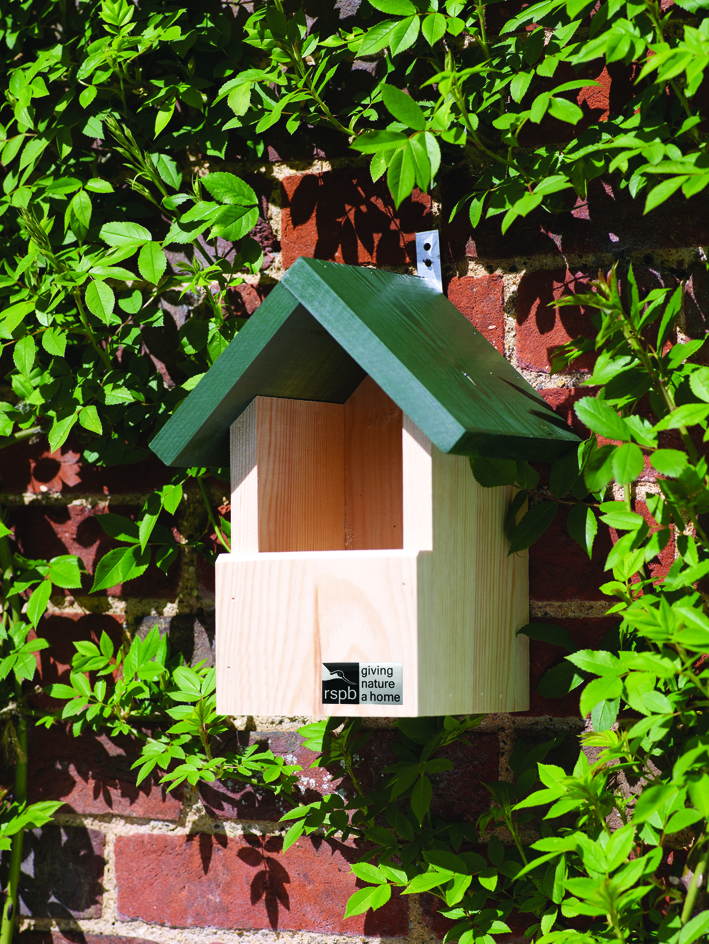
Blue jays, American robins and doves all gravitate towards open-style nest boxes. While traditional nest boxes have a small hole through which birds can come and go, open nest boxes only have a half side at the front.
Due to its open-fronted design, the correct positioning is vital. In a video for BBC's Gardener’s World, Monty Don recommends selecting a spot that feels secluded and hidden but with good access. ‘If you’ve got a wall with a rose growing up it or some ivy, you could put a box behind the rose – that would be ideal,' he says.
It is also important to ensure that the nest box is protected from winds and bad weather as the eggs and chicks will be more vulnerable than those in closed nest boxes.
3. Incorporate a metal plate for protection
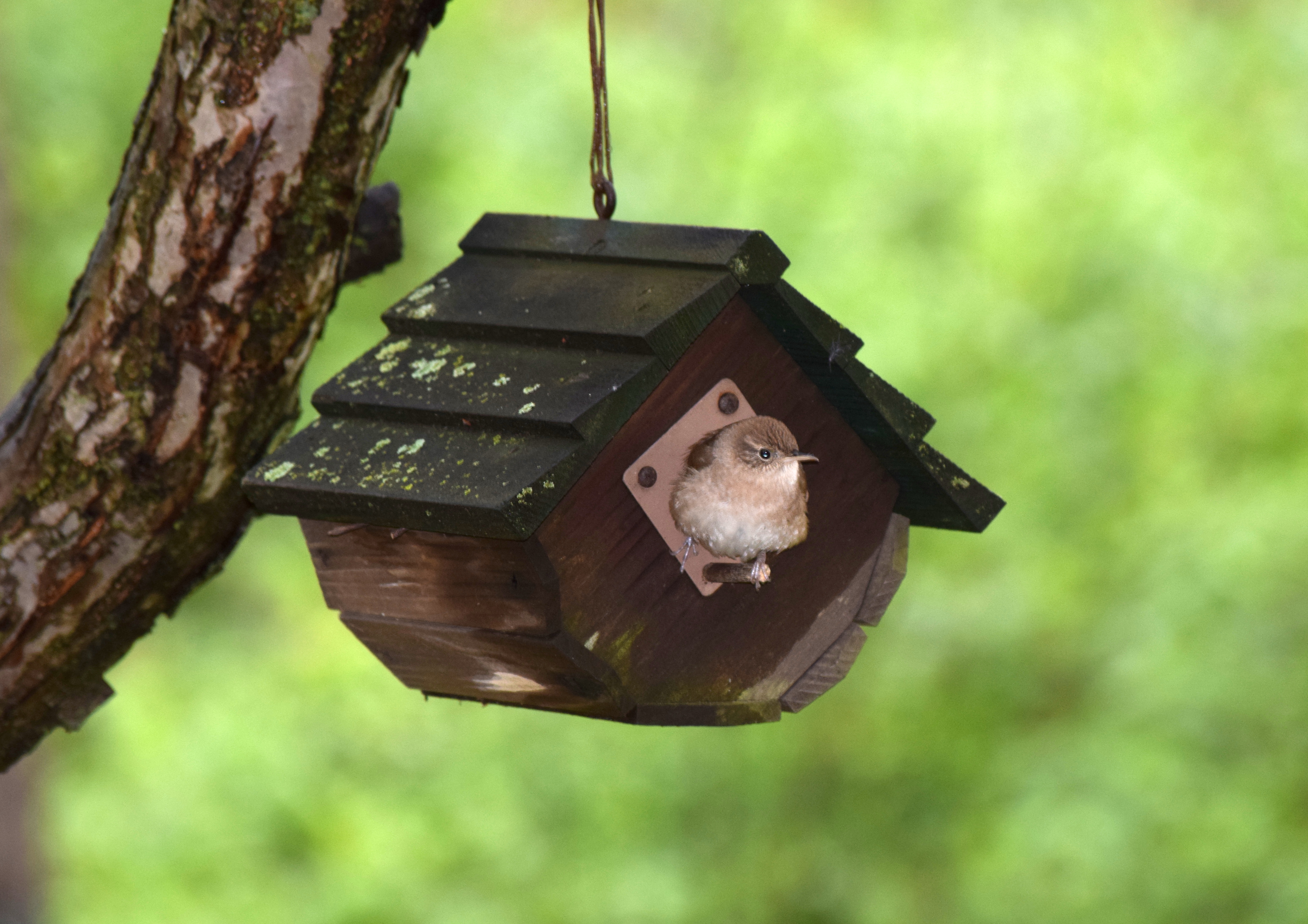
When adding bird house ideas to your backyard, it is important to ensure that it’s protected against predators. A secluded place, away from strong winds and direct sunlight, will keep the bird house at a regular temperature. It is also key that you place it in a hidden spot, away from the reach of predators. Consider positioning it in the foliage of a tree or in amongst a hedge to offer a secure location.
The threats aren't just from the weather and mammals though; other birds can also predate on smaller species. ‘Woodpeckers can bore in to get at the young,’ says Monty Don for Gardener's World, ‘so it’s a good idea if you’re putting a bird house up in your garden to get a metal plate, and place it around the hole to act as a protection.’
4. Add a nesting brick into your home for swifts
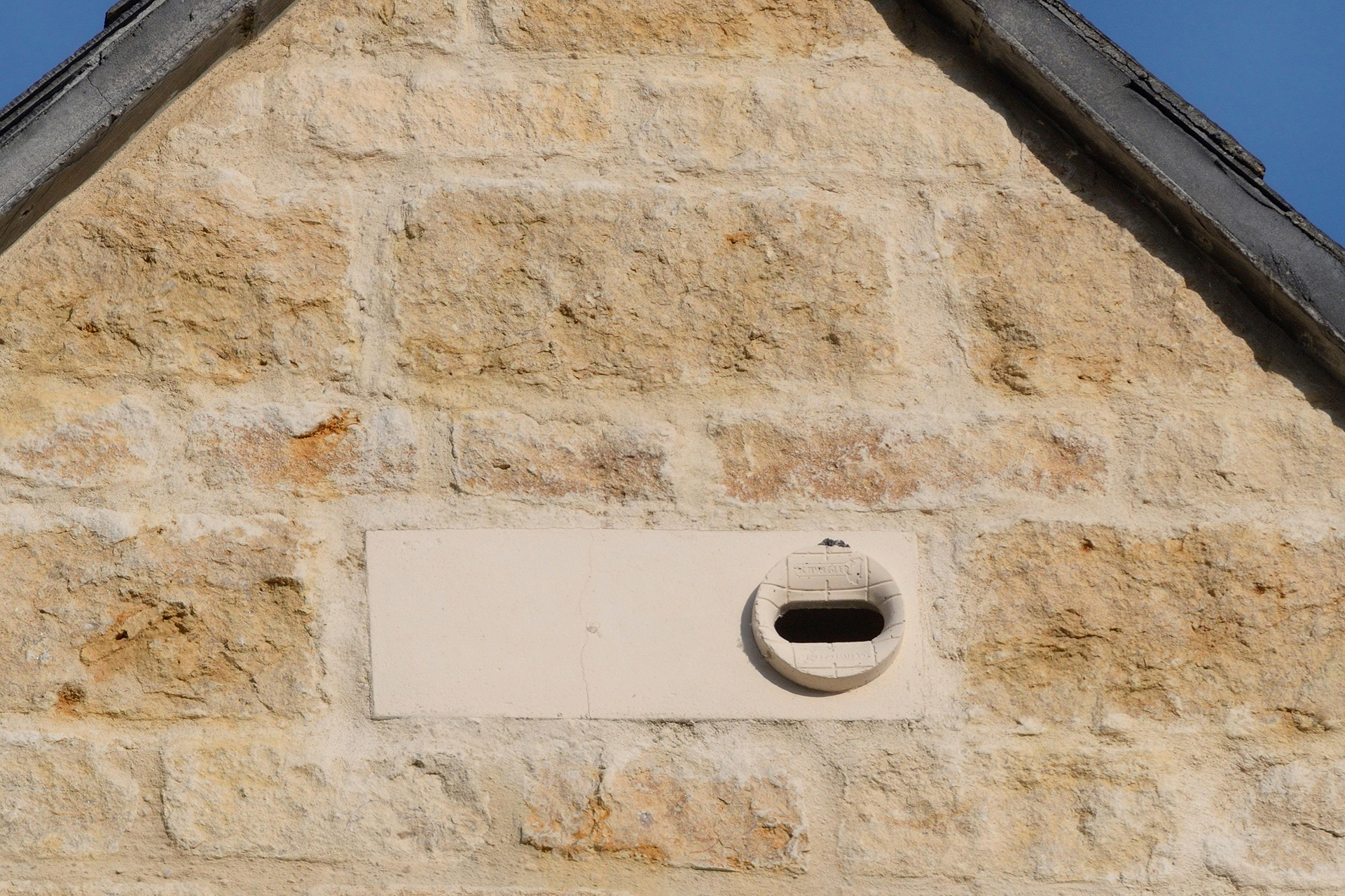
The number of swifts have been in steep decline in recent years, and one of the reasons for this is a lack of nesting sites. Swifts mate for life and build their nests in the same site each year. However, they do not use traditional nest boxes and are renowned for their pickiness.
Special swift nest boxes can be added to the eaves of your home or your shed ideas, so long as they are placed at least 16ft (5m) from the ground. These long rectangular wood boxes have a small lozenge-shaped entry hole which is designed to let the swifts enter but keep starlings out. Inside the box also features a small internal nest cup to encourage the swifts to make the box their home.
However, these external nest boxes are not the preferred nest option for swifts. Swifts like to nest within houses and eaves, so if you’re exploring home addition ideas or are building a new property, then consider installing a swift brick, like that above. These bricks feature a small hole that leads to a large cavity in which the birds can nest. Positioned high in the walls of your house or addition, they offer a safe place for swifts to raise their young.
5. Think about nesting pockets
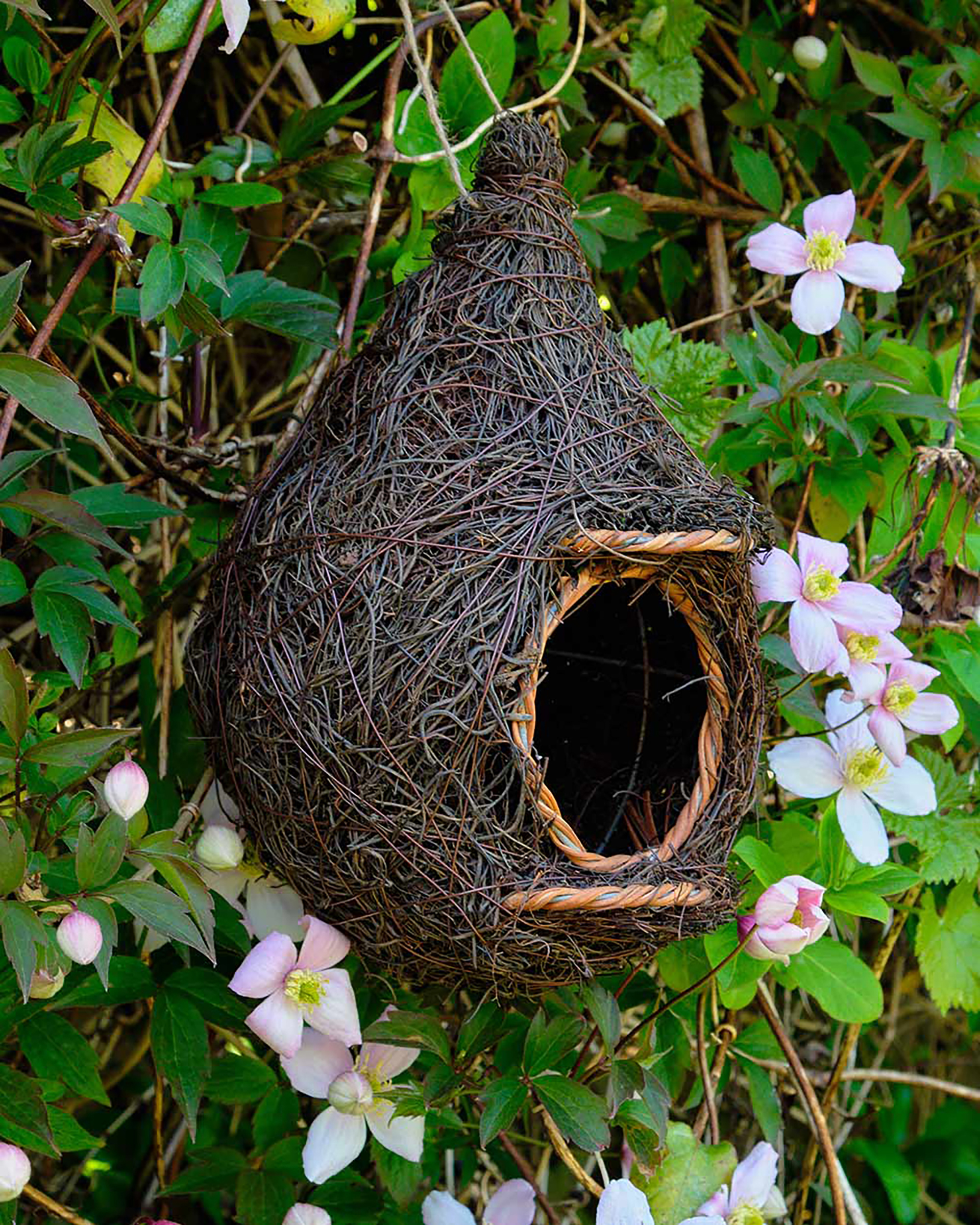
While nest boxes are made out of wood, nesting pockets, also known as roosting pouches, are made from natural woven plant and wood fibers. While most bird houses are designed for the birds to raise their brood, these pockets are more popularly used as a spot in which the birds can rest overnight, protected from the cold, wind and rain, and from predators. Though these roosting pouches are primarily used by a single bird to sleep, some birds may decide to build their nests here, too.
6. Consider a hanging bird house
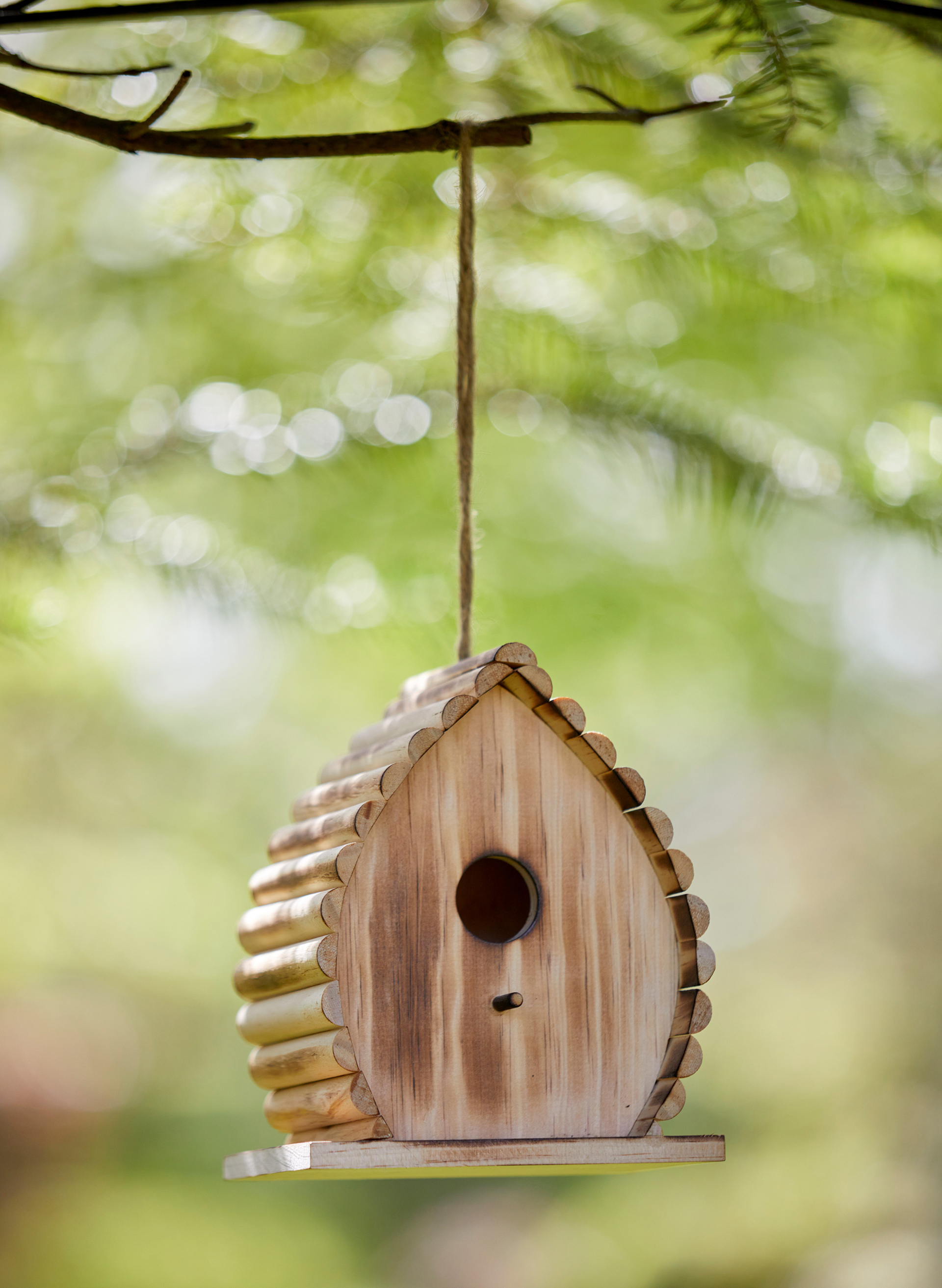
Hanging bird houses are an often overlooked way to add one of these to your yard. Rather than being fixed to a tree or post, it’s hung from a tree or bracket.
There are many benefits to installing a hanging bird house in your backyard, including greater protection from predators. These bird houses are often kept cooler, too, as they are more shaded in the tree's canopy. Hanging the nest box in a higher position also makes it easier for fledglings as they don't have to have any time on the ground before heading into the trees.
Decided to install one of these hanging bird houses? Be sure to regularly inspect its fixings to ensure it remains securely attached.
7. Select a cup-shaped nest for swallows
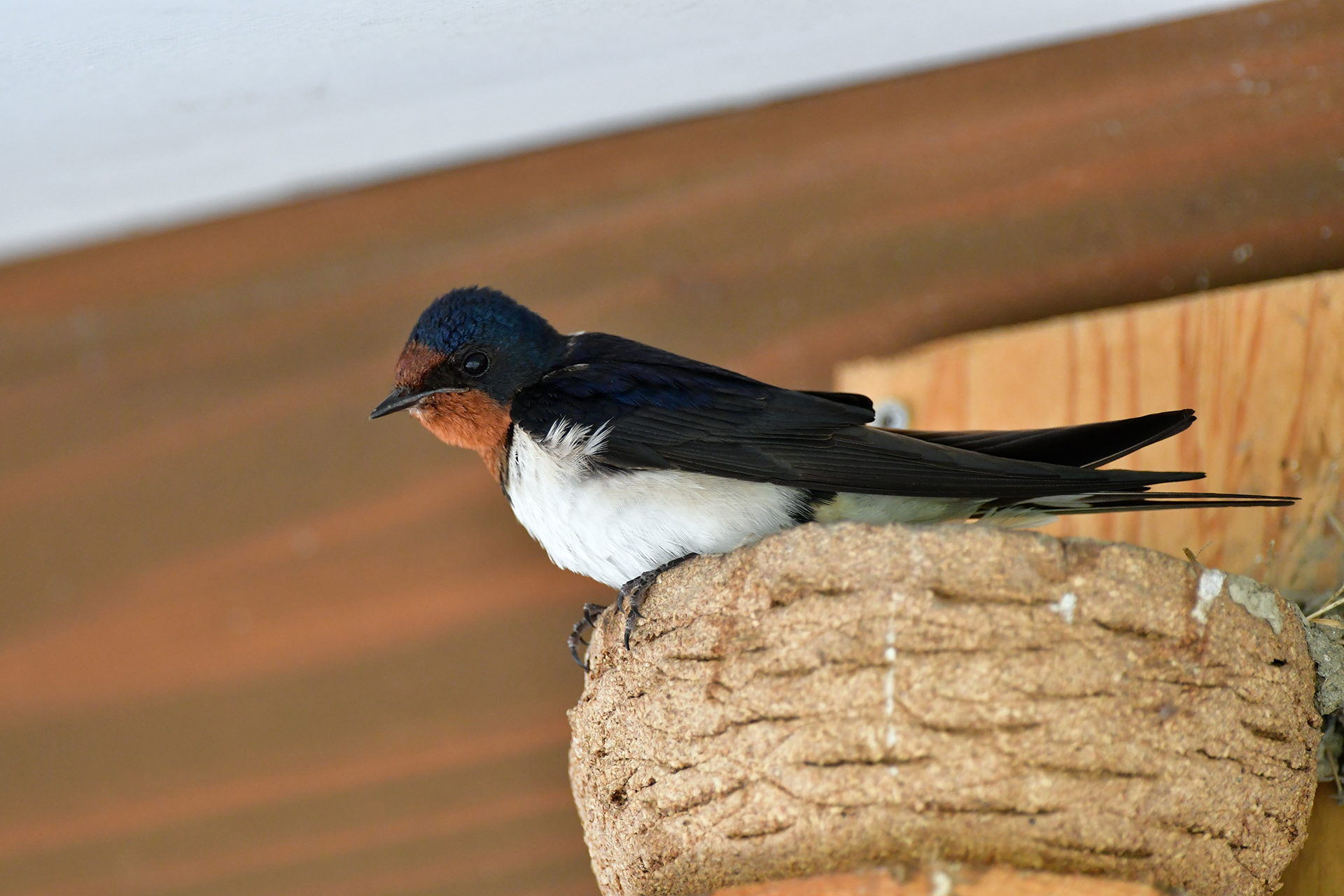
Barn or cliff swallow's nests appear to defy gravity. Constructed from mud and grass, then lined with feathers, the birds create a cup-shaped nest they attach to the eaves of barns and sheds or the overhangs of cliffs.
However, it is getting increasingly difficult for swallows to build their nests – our buildings and barns have become more secure with less entry points for the birds and drier springs have led to a decrease in the availability of suitable nest-building mud. As building nests becomes harder, it means these birds have to expend a lot more energy, at a time when food is not as plentiful, meaning many will struggle to build sufficiently secure nests in which they can lay their eggs.
Installing cup-shaped terracotta nests to your front porch ideas, eaves or outbuildings can have a transformative effect. Mimicking the size and shape of the nests that swallows build for themselves, they provide a frame on to which the swallows can add their own nests.
Simply attach the cup to a wall or roof overhang, leaving at least 2.4in (6cm) of free space above so that the swallows can come and go with ease. If you're planning on having more than one nest cup, make sure they are positioned at least 3.2ft (1m) apart.
8. Bring in a woodpecker nest box
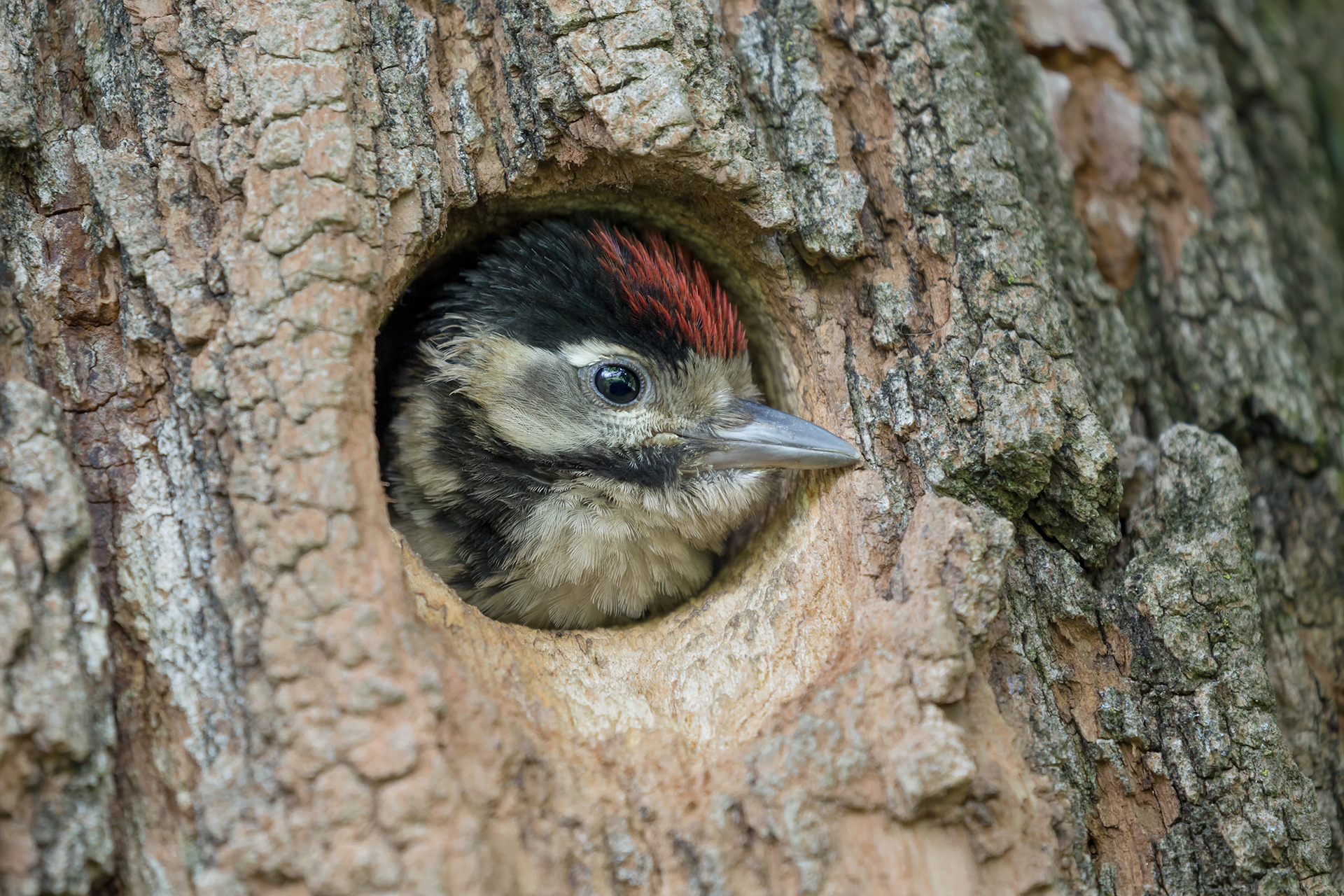
Woodpeckers are known for pecking holes in trees to make their nests but this can cause serious problems, damaging trees and inviting disease. Offering a safer alternative can help avoid these issues while still providing woodpeckers with a home in your yard.
At first glance, a woodpecker house looks like a large hanging log. However, this log has actually been hollowed out and blocked off at either end to create a long tube with a small hole in the front. These holes are much too small for woodpeckers to enter, but instead act as a starting point, enabling the woodpeckers to establish their own nests, just as they would in the natural world.
9. Try a hummingbird nest builder
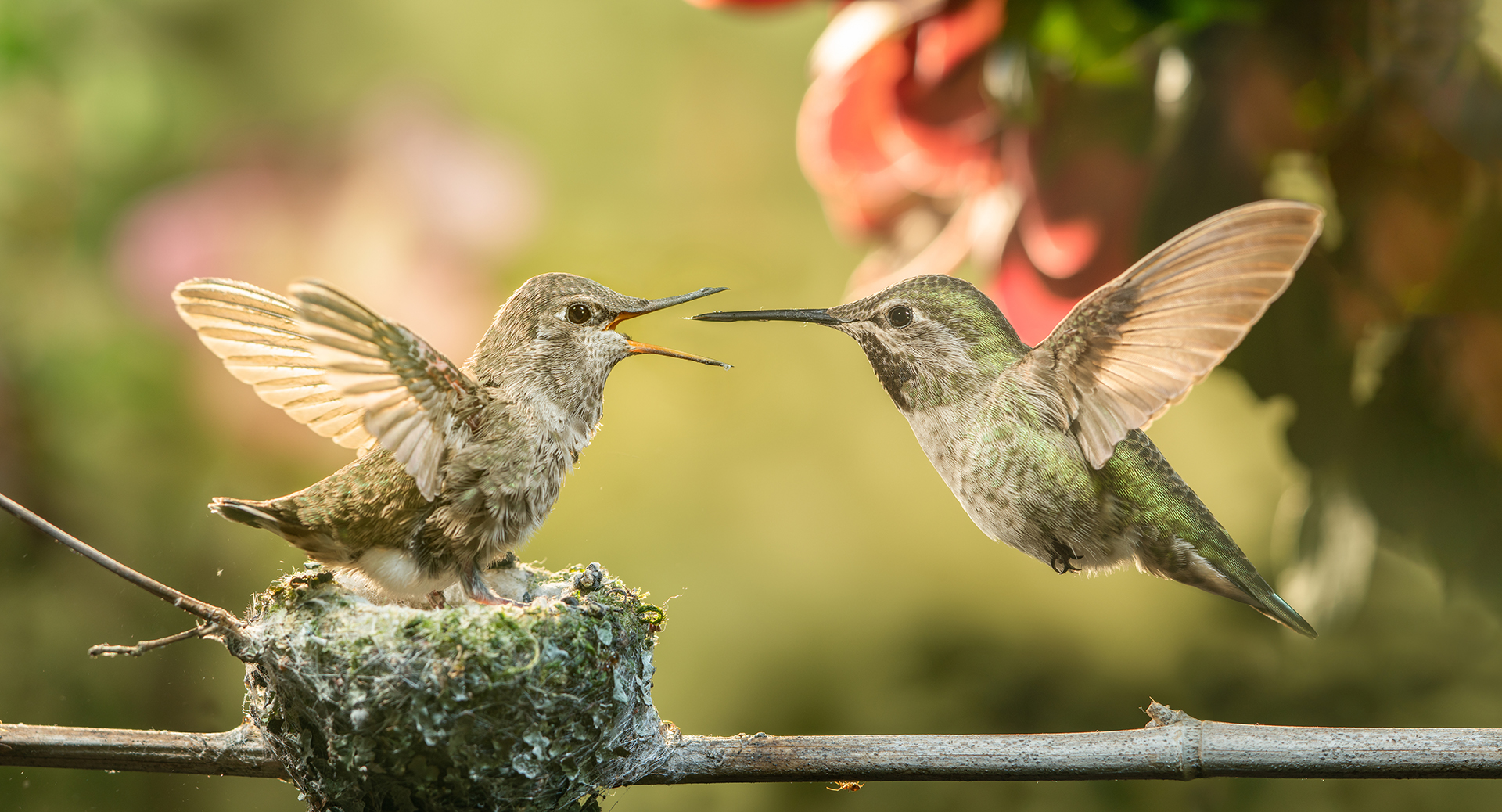
Hummingbird nests, like the birds themselves, are tiny. In fact, they are smaller than a postage stamp. Unlike other species of birds who build their nests from sticks and twigs, hummingbirds build theirs from cobwebs and moss, along with found animal fur, stray feathers and cotton.
Consider adding a hummingbird nest builder to your yard. They don't offer a shelter but instead feature two spikes around which the hummingbirds can craft their nests. These spikes help to secure the nest in place, protecting the hummingbird eggs and babies from being blown away. The nest builder also features a little bit of nesting material, attached behind a wire grate, to attract the hummingbirds and assist with their nest building.
10. Provide a small bird house for chickadees
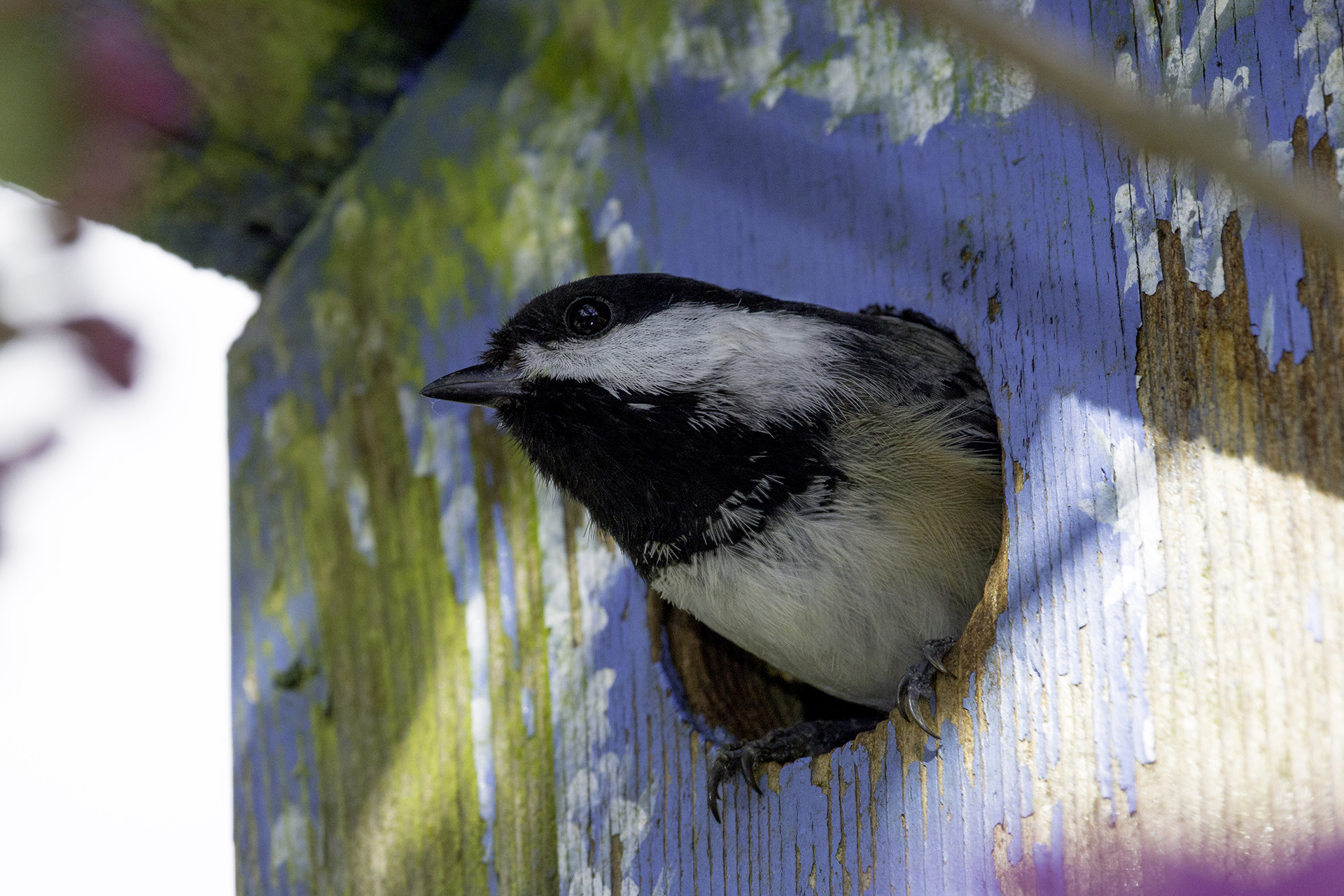
If you're looking for bird house ideas for chickadees, size is key. It should have an opening that is 1.125in (2.9cm) in diameter and positioned between 4 and 6in (10 and 15cm) from the floor of the bird box. The box itself should be around 8in (20cm) tall and 5in (13cm) deep.
'Place your nest box from 5 to 15ft (1.5 to 4.6m) above the ground and away from prevailing winds,' recommend experts at Nest Watch. 'You can also place an inch (2.5cm) of wood shavings on the box floor to make it more inviting to chickadees.'
Bird house painting ideas
It is not essential to paint your bird house. ‘Most bird boxes are made of wood and will be fine when hung in their natural state. Untreated and unpainted wood most closely resembles birds’ natural nesting environments,’ says Becky Rackstraw, director at paint company Protek.
However, if you want to give a bird house a decorative touch or help it blend into your garden color schemes, it is important that you choose a paint that is safe for wildlife; water-based or latex-based paint are good options. ‘Oil-based treatments can continue to give off fumes and VOCs for quite a long time after treatment, so these are best avoided,' advises Becky. Also avoid painting your bird house a dark color as this will absorb too much heat and can cause the bird house to overheat.
Painting a bird house can also help to prolong its life by preventing mold and water ingress. 'While unpainted hardwood bird houses, such as those made from cedar or cypress, will withstand the weather quite well and can last for years, softwood bird houses made of pine or plywood can rot quickly in wet weather and so would last longer with a coat of paint. Don’t treat the wood with a preservative, but you can use a low VOC stain or paint to help shield it against the elements and prolong the life of the box,' adds Becky.
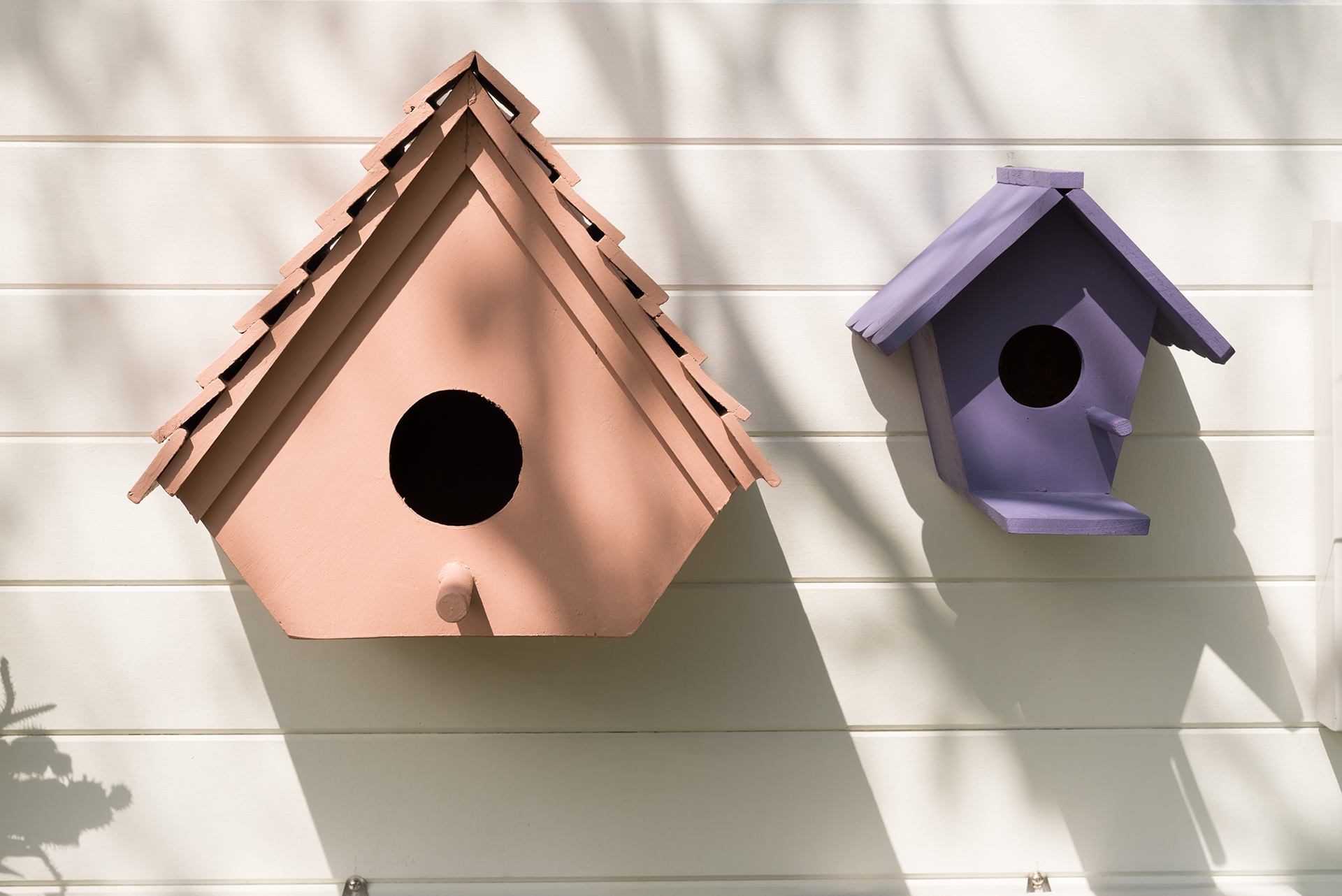
What is the best material for a bird house?
Wood is the best material for a bird house. Breathable and similar to their natural nesting sites, wood is an affordable and sustainable option. 'Materials such as plastic or metal can trap moisture and produce unhealthy temperature spikes, which can reduce the long term viability of the nestlings,' explains Marc Parnell.
There are two main exceptions to the rule. For half-cup swallow nests, terracotta, wood stone or resin are preferable materials and for swift bricks a foamed cement with a solid facing are the materials of choice.
What is the best place to put a bird house?
The best place to put a bird house is defined by the shelter provided around it. 'Nest boxes are often best positioned in a location at least 66ft (20m) from any bird feeders (to reduce the risk of curious visitors disturbing the nest), and near plenty of natural shelter, such as thick shrubbery or low-hanging branches,' says Marc Parnell.
Direction is also a key consideration. The direction a bird nesting box should face will likely be impacted by the position of buildings and trees. ‘The number one rule is never to position a nest box where it gets day-long direct sunlight,’ adds Nicholas Watts, owner of Vine House Farm Bird Foods. ‘So avoid south-facing aspects, plus also exposed west-facing aspects, which are likely to get blasted by wind and rain. The ideal position is a sheltered north or north-easterly aspect.'
Sign up to the Homes & Gardens newsletter
Design expertise in your inbox – from inspiring decorating ideas and beautiful celebrity homes to practical gardening advice and shopping round-ups.

Having graduated with a first class degree in English Literature, Holly started her career as a features writer and sub-editor at Period Living magazine, Homes & Gardens' sister title. Working on Period Living brought with it insight into the complexities of owning and caring for period homes, from interior decorating through to choosing the right windows and the challenges of extending. This has led to a passion for traditional interiors, particularly the country-look. Writing for the Homes & Gardens website as a content editor, alongside regular features for Period Living and Country Homes & Interiors magazines, has enabled her to broaden her writing to incorporate her interests in gardening, wildlife and nature.
-
 Extend the lifespan of your appliance with 5 simple but crucial washing machine maintenance tips
Extend the lifespan of your appliance with 5 simple but crucial washing machine maintenance tipsFrom cleaning the filters to keeping the door open, experts reveal the washer tips they swear by
By Andy van Terheyden Published
-
 These are the 6 must-have colors to decorate with in April 2025
These are the 6 must-have colors to decorate with in April 2025What do retro-inspired yellows and beautiful blues all have in common? They're on our hot list for the season ahead
By Sophia Pouget de St Victor Published